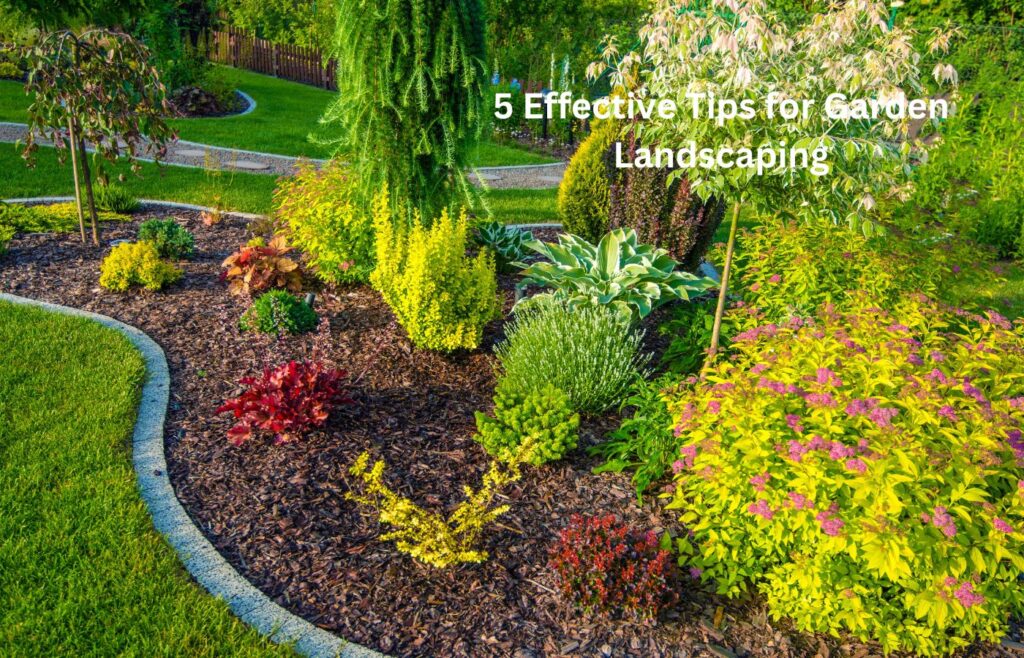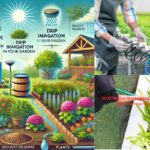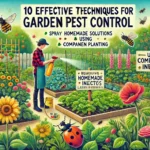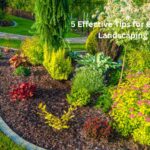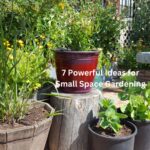Introduction – Effective Tips for Garden Landscaping
Not merely fun pastimes, gardening and landscaping are also necessary components of a stunning and welcoming outdoor area. A beautifully planned garden could offer a calm haven, a gathering spot, and a chance to get closer to the natural world. Still, especially for novices, the process of turning your garden into an amazing landscape can be intimidating. Five effective tips for garden landscaping will be provided in this post by HomeNGardenIdeas.com to enable you to design the garden of your dreams.
Plan Your Garden Layout
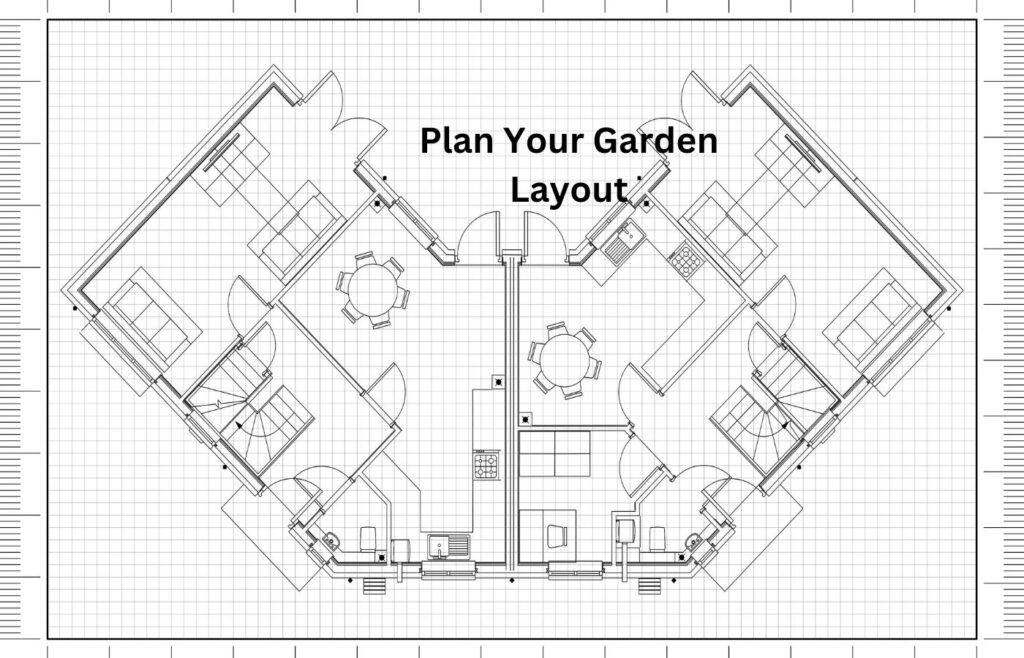
Arranging your garden’s layout is the first and most important step in landscaping it. Before you begin planting or digging, give your garden some thought and measure your area. Think about things like the size, type of soil, sunlight exposure, and local climate of your garden. Selecting the appropriate plants and design components for your garden using these effective tips for garden landscaping will be made easier by these considerations.
Consider the many spaces you wish to design, such as a vegetable garden, a kid’s play area, or a sitting place, while laying out your garden. Plan your garden roughly, considering where to put beds, walkways, and ornaments like sculptures or water fountains. As you choose plants and hardscaping materials, use this layout as a reference.
Making a focal point of your garden is one useful landscaping advice. A focal point is an object that catches the attention and gives the area structure. It can be a singular sculpture, an amazing water feature, or a lovely tree. Put your focal point somewhere noticeable, then center the remainder of your garden around it.
The way the area flows should be taken into account as well while designing your garden layout. Considering how you want people to move around your garden, design routes that lead them to the various sections. The margins of your garden beds can be softened and interest added using curves and angles.
Choose the Right Plants

A stunning and healthy garden depends on careful plant selection. Think about the growth habits, water needs, and light exposure needs of the plants you choose. To be sure plants will flourish in your garden, select those that are appropriate for your climate and soil type.
Selecting a color palette for your plants is one helpful gardening advice. Choose hues that go well together to give your yard a finished appearance. You might select, for instance, a complementary color scheme using colors that are opposite one another on the color wheel or a monochromatic color scheme utilizing various tones of the same hue.
The texture and morphology of the plants are two further factors to be taken into account. To give your garden depth and intrigue, mix up the plant textures—bold and substantial or soft and feathery. Think about the plants’ overall shape and size as well as how they will fit into your garden plan.
Consider plant layering as you are planting your garden. Plants should be arranged shorter in front of your garden beds and taller in the rear. Your garden gains depth and dimension as a consequence. Plants repeated throughout your garden will help to give it a cohesive and cohesive feel.
Incorporate Hardscaping Elements

Part of garden landscaping is hardscaping features like patios, walkways, and retaining walls. These features give your garden shape and structure and can be used to divide it into several play, relaxing, or entertaining zones.
Think about the materials you use when putting hardscaping features into your landscape. Popular options for patios and walks are natural stone, brick, and concrete; fences, pergolas, and trellises can be made of wood or metal. Select materials to go well with the architecture of your house and the general design of your garden.
One good landscaping advice is to use hardscaping components to give your garden a feeling of enclosure. A trellis or pergola could offer seclusion and furnish a comfortable sitting spot. A garden bed can have its boundary defined and extra seats added by a modest retaining wall.
The size of the hardscaping components concerning your landscape should be taken into account as well. While little seating spaces or narrow walks might become lost in a big space, a big patio or wide paths can overwhelm a small garden. Think about how your hardscaping components’ sizes relate to the total size of your garden.
Add Lighting and Water Features
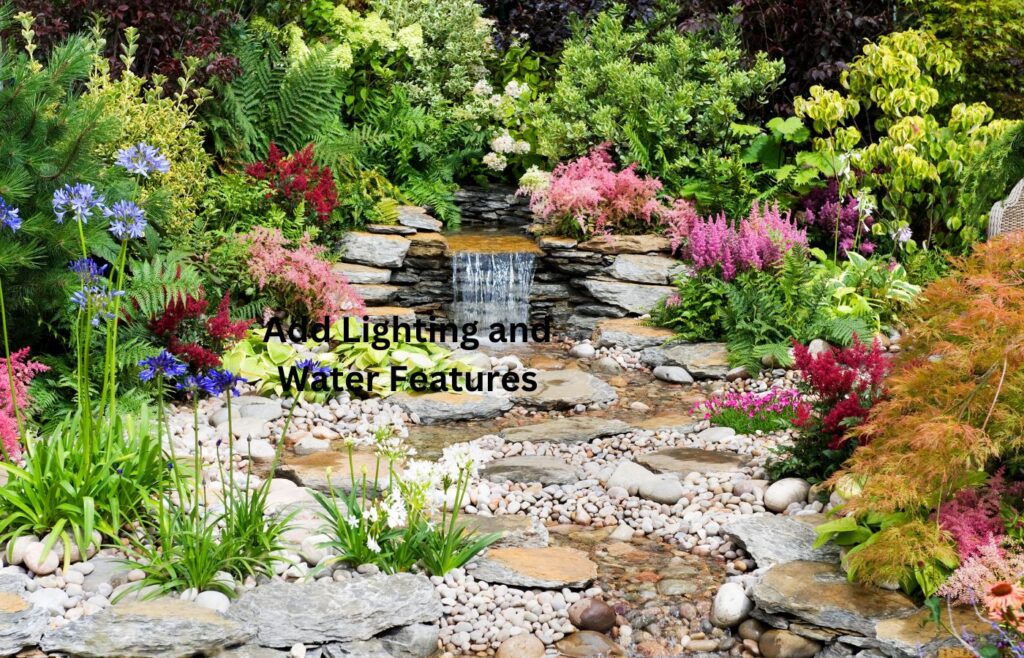
Lighting and water features are two components that may elevate your garden landscaping to the next level. Outdoor lighting may make your garden more usable in the evenings while also creating a warm and pleasant atmosphere. Water features, such as fountains or ponds, provide both a calming sound and a lovely visual aspect to your garden.
When adding lighting to your landscape, examine the many lighting options. Path lights can help visitors navigate your garden and highlight key features, whilst spotlights can highlight trees, sculptures, or other focus points. String lights or lanterns can create a lovely environment and cast a soft, pleasant glow.
One great garden landscaping technique is to use lighting to provide depth and perspective to your garden. Place lights at various heights and angles to cast shadows and highlight different parts of your landscape. To add interest and depth, experiment with different forms of lighting.
When adding water features to your garden, think about the size and style of the rest of your garden. A huge fountain may appear overwhelming in a tiny yard, but a small pond may become lost in a large landscape. Select a water feature that compliments the design of your home and landscape, such as a traditional tiered fountain or a modern reflecting pool.
Maintain Your Garden
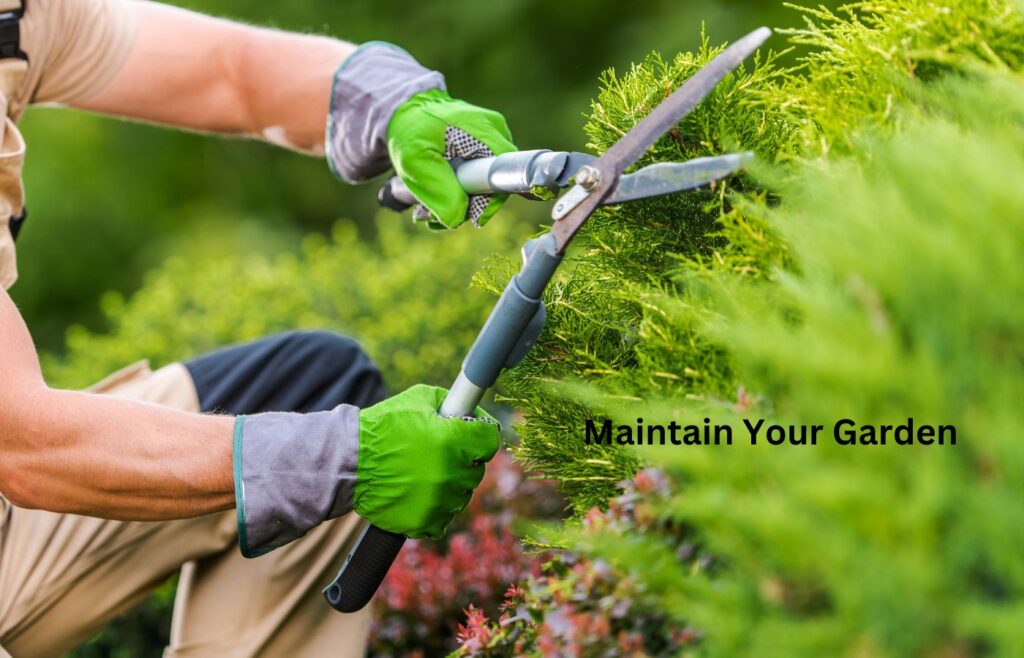
The final advice for successful garden landscaping is to keep your garden in good condition regularly. A well-kept garden not only looks good, but it also promotes the health and longevity of your plants and hardscaping features.
Regular maintenance activities include watering, trimming, and fertilizing your plants, as well as cleaning and fixing hardscape pieces. Create a maintenance calendar that includes duties for each season, such as spring annual planting, summer flower deadheading, and fall tree and shrub pruning.
Mulching your garden beds is an efficient garden landscaping management technique. Mulch helps to keep moisture in the soil, reduce weeds, and regulate soil temperature. It also gives your garden beds a complete look and helps to highlight your plants.
Pest management is an important element of garden maintenance. Keep an eye out for indicators of pests or diseases in your plants and act swiftly to avoid their spread. Before utilizing chemical pesticides, try natural pest control alternatives like handpicking insects or neem oil.
Finally, do not be scared to change your garden over time. As your plants mature, you may need to divide or transplant them to keep your garden‘s general balance and design intact. You can also wish to incorporate new plants or features to keep your garden appearing fresh and fascinating.
Conclusion – Effective Tips for Garden Landscaping
Garden landscaping is a gratifying and entertaining hobby that can convert your outside space into a stunning and welcoming retreat. Following these five effective tips for garden landscaping can help you develop a landscape that is both functional and beautiful.
Remember to carefully plan your garden layout, select plants that are appropriate for your climate and soil type, include hardscaping elements that complement your home and garden style, add lighting and water features for interest and ambiance, and maintain your garden regularly to ensure its health and longevity.
With a little preparation and effort using these effective tips for garden landscaping, you can create a lovely garden that serves as both a calm refuge and a beautiful backdrop for your outdoor living spaces. Happy gardening!
The article “5 Effective Tips for Garden Landscaping” is written by Farhanul Haque, HomeGardenIdeas.com. Our team of passionate writers and experts shares tips and inspiration on gardening, home improvement, and design to help you create your dream space.

